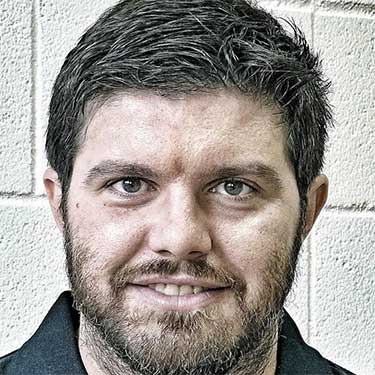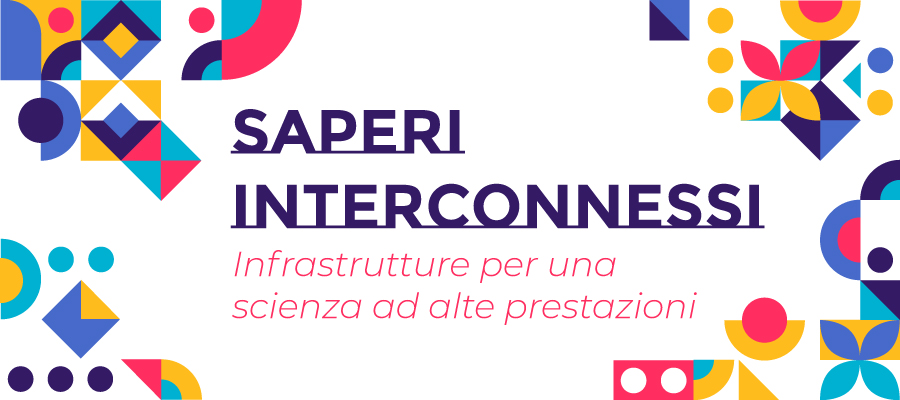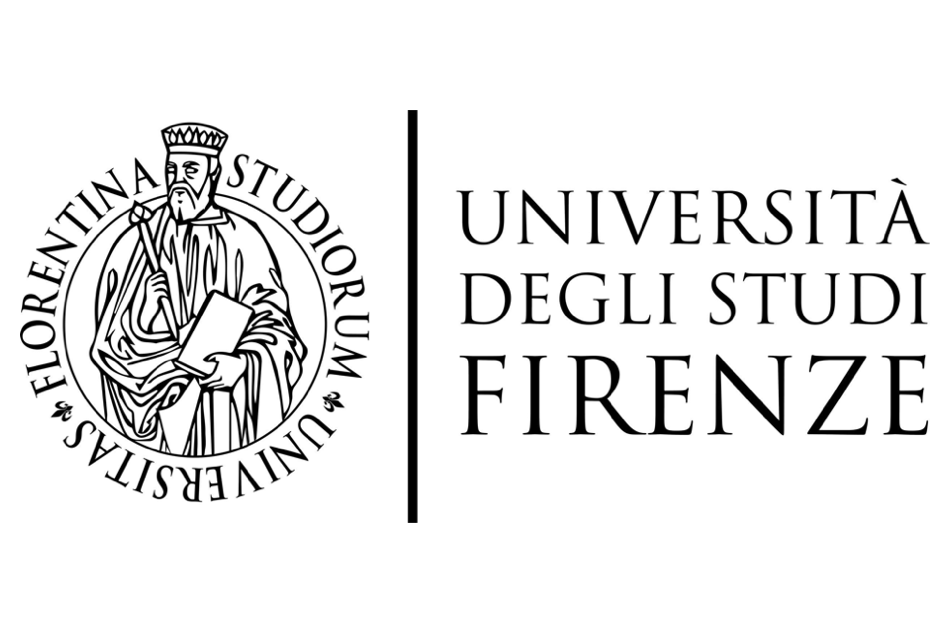Stefano Cacciaguerra
- INGV
- https://www.ingv.it/

Componenti Digital Twin per i Fenomeni Geofisici Estremi: l'esempio degli Hazard Vulcanici nel progetto DT-GEO
 Stefano Cacciaguerra, Ph. D in Informatica, Master in Management of Research, Innovation and Technology e Laurea in Scienze dell’informazione, Primo tecnologo INGV. Responsabile del Laboratorio di Informatica presso la Sezione di Bologna, partecipa all’Associazione Big Data, International Foundation Big Data and Artificial Intelligence for Human Development ed è rappresentante INGV nella Italian Computing and Data Infrastructure.
Come Tecnologo si è occupato di amministrazione di sistemi, reti di calcolatori e sicurezza, sistemi di storage e banche dati, calcolo parallelo in ambito scientifico, disaster recovery, virtualizzazione e cloud.
Stefano Cacciaguerra, Ph. D in Informatica, Master in Management of Research, Innovation and Technology e Laurea in Scienze dell’informazione, Primo tecnologo INGV. Responsabile del Laboratorio di Informatica presso la Sezione di Bologna, partecipa all’Associazione Big Data, International Foundation Big Data and Artificial Intelligence for Human Development ed è rappresentante INGV nella Italian Computing and Data Infrastructure.
Come Tecnologo si è occupato di amministrazione di sistemi, reti di calcolatori e sicurezza, sistemi di storage e banche dati, calcolo parallelo in ambito scientifico, disaster recovery, virtualizzazione e cloud.
 Stefano Cacciaguerra, Ph. D in Computer Science, Master in Management of Research, Innovation and Technology and Degree in Computer Science, Senior INGV technologist. Head of the Computer Science Laboratory situated in Bologna, he participates in the Big Data Association, in International Foundation Big Data and Artificial Intelligence for Human Development and INGV delegate to Italian Computing and Data Infrastructure.
Involved in systems administration, computer networks and security, storage systems, parallel computing in the scientific field, disaster recovery, virtualization and cloud.
Stefano Cacciaguerra, Ph. D in Computer Science, Master in Management of Research, Innovation and Technology and Degree in Computer Science, Senior INGV technologist. Head of the Computer Science Laboratory situated in Bologna, he participates in the Big Data Association, in International Foundation Big Data and Artificial Intelligence for Human Development and INGV delegate to Italian Computing and Data Infrastructure.
Involved in systems administration, computer networks and security, storage systems, parallel computing in the scientific field, disaster recovery, virtualization and cloud.
15 giugno 2023 | CALCOLO SCIENTIFICO E BIG DATA
Componenti Digital Twin per i Fenomeni Geofisici Estremi: l'esempio degli Hazard Vulcanici nel progetto DT-GEO
Digital Twin Components for Geophysical Extreme Phenomena: the example of Volcanic Hazards within the DT-GEO project
ABSTRACT
 La nuova società digitale europea sta potenziando le tecnologie ICT, la ricerca e l'innovazione, attraverso iniziative come European Open Science Cloud, European Digital Innovation ed EuroHPC. Grandi volumi di osservazioni multidisciplinari del sistema Terra sono oggi disponibili e accessibili in tempo quasi-reale. Mentre l’e-infrastrutture computazionali di livello mondiale stanno entrando nell'era Exascale, le moderne geoscienze richiedono codici di modellazione eseguibili su un numero enorme di nodi eterogenei e architetture accelerate. Per studiare fenomeni naturali estremi come terremoti, eruzioni vulcaniche, tsunami, frane e alluvioni, ed eventi meteorologici, affrontiamo il loro sporadico verificarsi nello spazio e nel tempo. I Digital Twins Components (DTC) forniscono uno strumento che crea repliche digitali di sistemi fisici, dove riprodurre molti scenari e valutare le diverse risposte di un dominio così complesso come la Terra. In questo contesto culturale, il progetto di ricerca Digital Twins for GEOphysical extremes (DT-GEO) è stato finanziato nell'ambito del programma Horizon Europe 2022-2025. Qui presentiamo le linee guida di progettazione per la creazione dei flussi di lavoro basati sui dati che implementeranno i DTC nell'ambito di DT-GEO; come caso di studio, verrà anche presentata un'applicazione ai processi vulcanici per mostrare come la potente capacità di innovazione tecnologica in esecuzione su e-Infrastructure possa dare nuove prospettive alle Geoscienze
La nuova società digitale europea sta potenziando le tecnologie ICT, la ricerca e l'innovazione, attraverso iniziative come European Open Science Cloud, European Digital Innovation ed EuroHPC. Grandi volumi di osservazioni multidisciplinari del sistema Terra sono oggi disponibili e accessibili in tempo quasi-reale. Mentre l’e-infrastrutture computazionali di livello mondiale stanno entrando nell'era Exascale, le moderne geoscienze richiedono codici di modellazione eseguibili su un numero enorme di nodi eterogenei e architetture accelerate. Per studiare fenomeni naturali estremi come terremoti, eruzioni vulcaniche, tsunami, frane e alluvioni, ed eventi meteorologici, affrontiamo il loro sporadico verificarsi nello spazio e nel tempo. I Digital Twins Components (DTC) forniscono uno strumento che crea repliche digitali di sistemi fisici, dove riprodurre molti scenari e valutare le diverse risposte di un dominio così complesso come la Terra. In questo contesto culturale, il progetto di ricerca Digital Twins for GEOphysical extremes (DT-GEO) è stato finanziato nell'ambito del programma Horizon Europe 2022-2025. Qui presentiamo le linee guida di progettazione per la creazione dei flussi di lavoro basati sui dati che implementeranno i DTC nell'ambito di DT-GEO; come caso di studio, verrà anche presentata un'applicazione ai processi vulcanici per mostrare come la potente capacità di innovazione tecnologica in esecuzione su e-Infrastructure possa dare nuove prospettive alle Geoscienze
 The new European digital society is empowering ICT technologies, research and innovation, through initiatives such as the European Open Science Cloud, the European Digital Innovation, and EuroHPC. Large volumes of multidisciplinary Earth-system observations are today available and accessible in (near-)real-time. As computational e-Infrastructures are entering the Exascale Era, the modern Geosciences require modeling codes to run and perform over a massive number of heterogeneous nodes and accelerated architectures. In order to study natural extreme phenomena such as earthquakes, volcanic eruptions, tsunamis, landslides and floods, and meteorological events, we face their intrinsic sporadic occurrence in space and time. Digital Twins Components (DTC) provide a tool allowing the creation of digital replicas of physical systems, where it is possible to reproduce many scenarios and to evaluate the different responses of such a complex domain as the Earth. In this cultural background, the Digital Twins for GEOphysical extremes (DT-GEO) Research Project has been funded under the Horizon Europe programme 2022-2025. Here we present the design guidelines for the creation of the data-driven workflows which will implement the DTCs in the framework of DT-GEO; as a case study, an application to volcanic processes will also be presented to show how the powerful capability of technological innovation running on computational e-Infrastructure can give new perspectives to the Geosciences.
The new European digital society is empowering ICT technologies, research and innovation, through initiatives such as the European Open Science Cloud, the European Digital Innovation, and EuroHPC. Large volumes of multidisciplinary Earth-system observations are today available and accessible in (near-)real-time. As computational e-Infrastructures are entering the Exascale Era, the modern Geosciences require modeling codes to run and perform over a massive number of heterogeneous nodes and accelerated architectures. In order to study natural extreme phenomena such as earthquakes, volcanic eruptions, tsunamis, landslides and floods, and meteorological events, we face their intrinsic sporadic occurrence in space and time. Digital Twins Components (DTC) provide a tool allowing the creation of digital replicas of physical systems, where it is possible to reproduce many scenarios and to evaluate the different responses of such a complex domain as the Earth. In this cultural background, the Digital Twins for GEOphysical extremes (DT-GEO) Research Project has been funded under the Horizon Europe programme 2022-2025. Here we present the design guidelines for the creation of the data-driven workflows which will implement the DTCs in the framework of DT-GEO; as a case study, an application to volcanic processes will also be presented to show how the powerful capability of technological innovation running on computational e-Infrastructure can give new perspectives to the Geosciences.









